Expansion in Automotive Displays
The Micro Display Market is experiencing expansion due to the increasing integration of micro displays in automotive applications. As vehicles become more technologically advanced, the demand for high-quality displays for navigation, infotainment, and heads-up displays is on the rise. Micro displays offer the advantage of compact size and high resolution, making them suitable for various automotive applications. The automotive display market is projected to grow significantly, with micro displays playing a crucial role in enhancing driver and passenger experiences. This trend indicates a shift towards more interactive and visually appealing interfaces in vehicles, thereby propelling the Micro Display Market forward.
Rising Adoption in Wearable Devices
The Micro Display Market is witnessing a notable increase in the adoption of micro displays in wearable devices. As consumers increasingly seek compact and efficient technology, manufacturers are integrating micro displays into smart glasses, fitness trackers, and other wearable gadgets. This trend is supported by the growing consumer preference for hands-free technology and real-time data access. According to recent estimates, the wearable technology market is expected to grow at a compound annual growth rate of over 20% in the coming years, which bodes well for the micro display segment. The integration of micro displays in wearables not only enhances functionality but also contributes to the overall aesthetic appeal, thereby driving demand within the Micro Display Market.
Growth in Medical Imaging Technologies
The Micro Display Market is benefiting from the growth in medical imaging technologies, where micro displays are increasingly utilized for diagnostic and surgical applications. High-resolution micro displays provide medical professionals with the clarity and detail necessary for accurate assessments. The demand for portable and efficient imaging devices is driving innovation in this sector, with micro displays being integrated into endoscopes, surgical microscopes, and other medical equipment. The medical imaging market is expected to expand significantly, with micro displays playing a pivotal role in enhancing the functionality and usability of medical devices. This trend underscores the importance of micro displays in the evolving landscape of healthcare technology, thereby bolstering the Micro Display Market.
Technological Innovations in Micro Displays
The Micro Display Market is currently experiencing a surge in technological innovations that enhance display quality and efficiency. Advancements in micro LED and OLED technologies are particularly noteworthy, as they offer superior brightness, contrast, and energy efficiency compared to traditional display technologies. For instance, micro LED displays are known for their ability to deliver high resolution and vibrant colors, making them ideal for applications in augmented reality and virtual reality. The market for micro displays is projected to reach approximately 3 billion USD by 2026, driven by these innovations. As manufacturers continue to invest in research and development, the Micro Display Market is likely to witness further enhancements that could redefine user experiences across various sectors.
Increasing Demand for High-Resolution Displays
The Micro Display Market is experiencing increasing demand for high-resolution displays across various sectors, including consumer electronics, automotive, and healthcare. As consumers and businesses alike seek enhanced visual experiences, the need for displays that offer superior resolution and clarity is paramount. Micro displays, with their ability to deliver high pixel density in compact form factors, are well-positioned to meet this demand. The market for high-resolution displays is projected to grow substantially, driven by advancements in display technologies and the rising popularity of applications such as virtual reality and augmented reality. This trend indicates a robust future for the Micro Display Market, as it adapts to the evolving needs of consumers and industries.
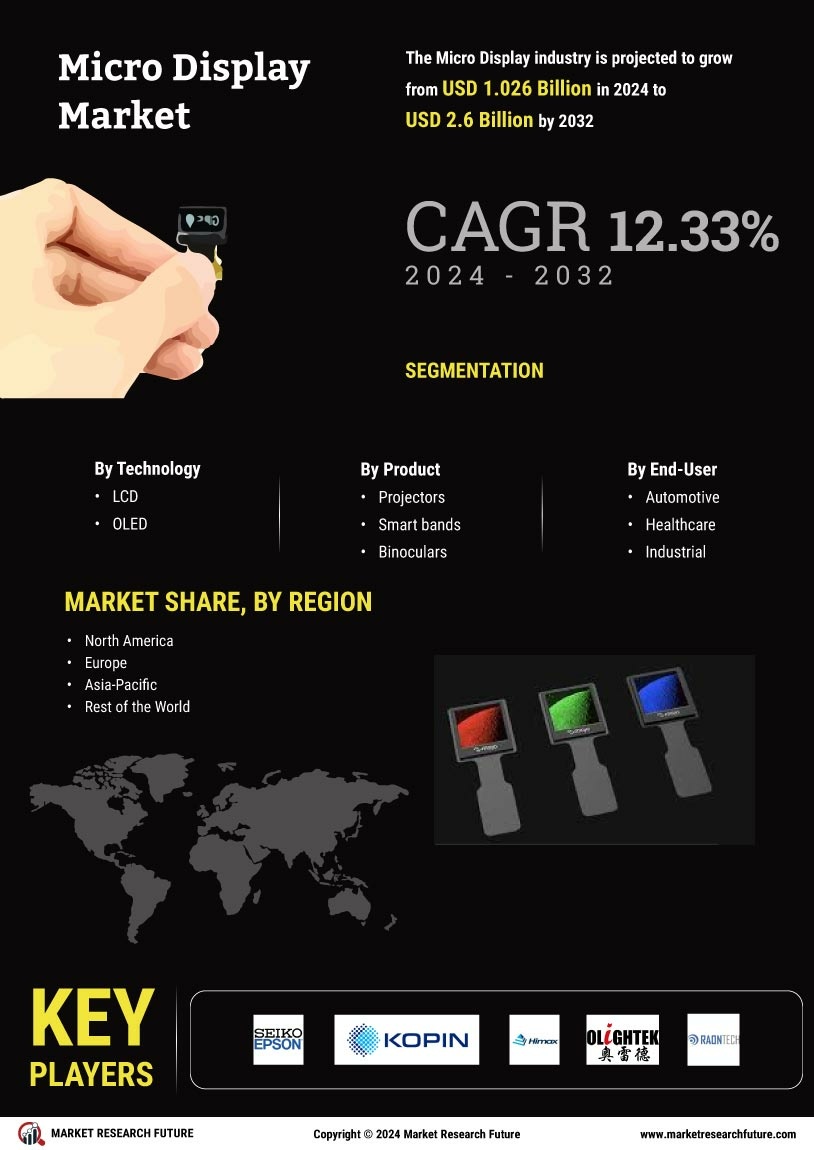
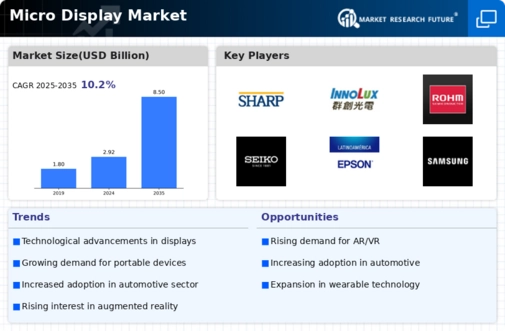
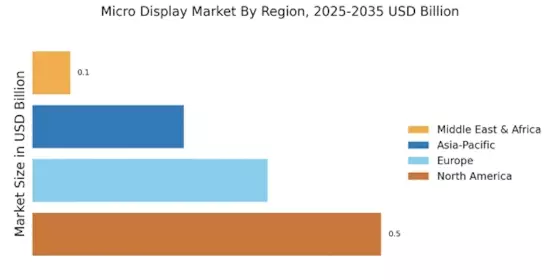

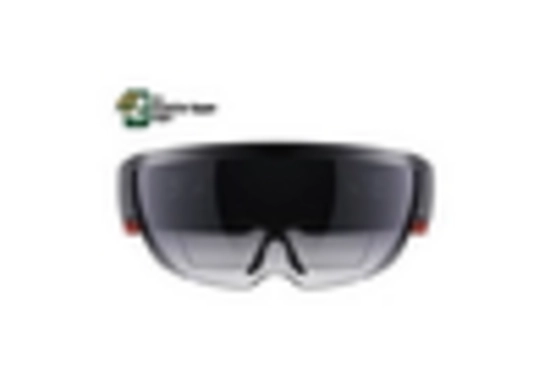
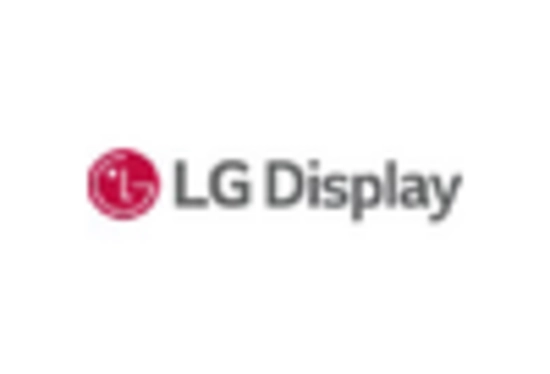











Leave a Comment